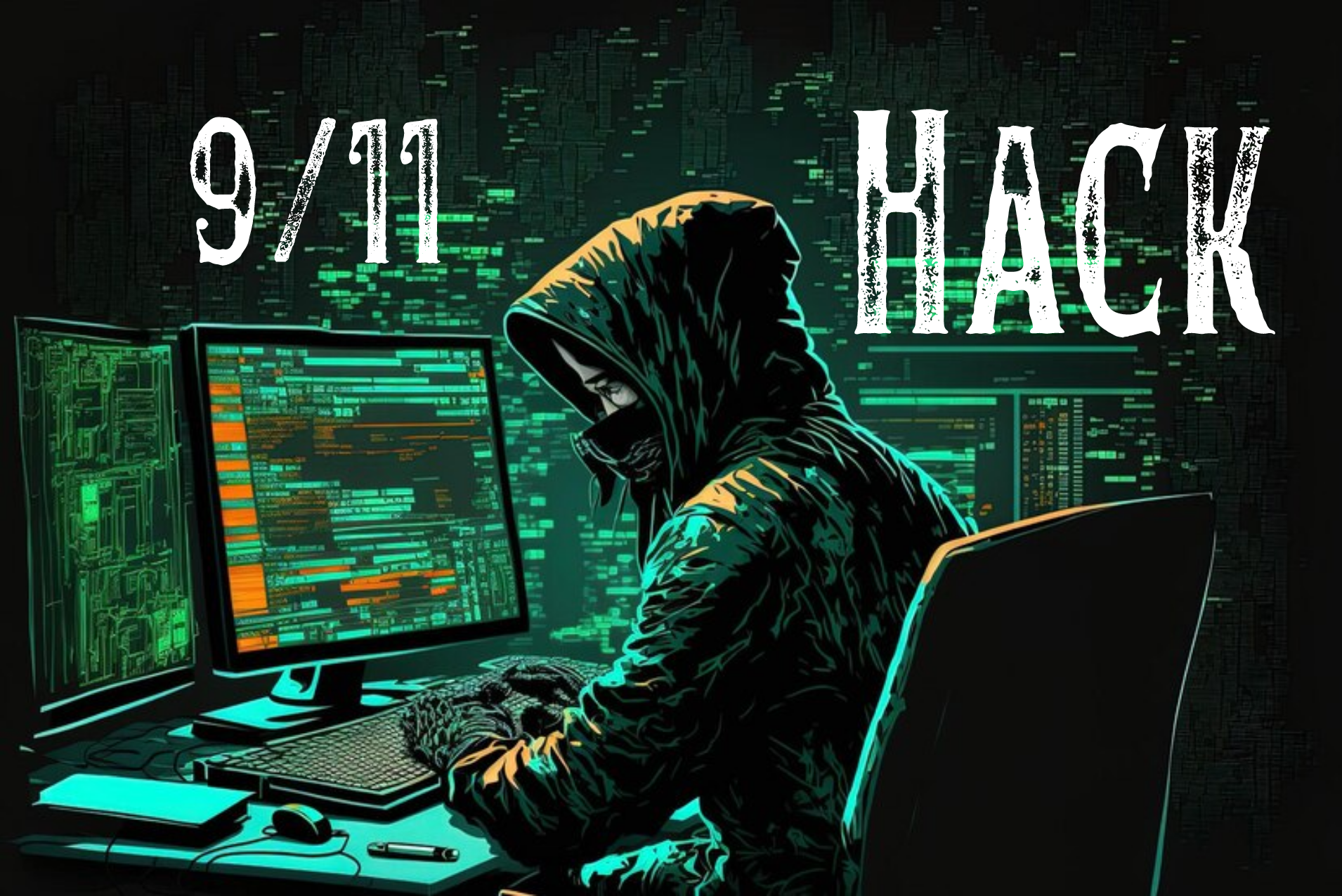What is 9/11 Hack: How to Identify and Prevent such Attack and Hacks
Introduction:
In today’s interconnected world, cybersecurity is a paramount concern. Among the most notorious cyberattacks is the 9/11 hack, which poses significant risks to individuals and organizations alike. In this comprehensive guide, INVESICS, a leading cyber security company in India and trusted VAPT vendor, explores the intricacies of the 9/11 hack, shares tips on identifying if you have fallen victim to such an attack, and provides practical measures to prevent future threats.
What is a 9/11 Hack:
The 9/11 hack, unrelated to the tragic events of September 11, 2001, refers to a sophisticated hacking technique that involves unauthorized access to critical systems. This malicious activity can result in devastating consequences such as data breaches, financial losses, and disruptive operations. Cybercriminals employ various methods, including malware, social engineering, and exploiting software vulnerabilities, to gain access to sensitive information or cause harm.
How to identify if you are a Victim of an Attack or Hack:
Detecting the 9/11 hack can be challenging, as attackers operate covertly, leaving minimal traces. Look out for these signs to identify if you have been targeted:
1. Unusual Account Activity:
Monitor your financial and online accounts for signs of unauthorized transactions, suspicious logins, or changes to personal information. Stay vigilant for unfamiliar charges, sudden balance discrepancies, or notifications indicating potential unauthorized activities.
2. Unexpected System Behavior:
Pay attention to abnormal behavior exhibited by your computer system, such as frequent crashes, slow performance, or an increased occurrence of error messages. These could be indications of a security breach caused by malware or unauthorized access.
3. Data Loss or Corruption:
Unexpected disappearance of files, data inaccessibility, or unauthorized alterations may signify a hack. Ransomware attacks can encrypt files and demand a ransom for their release.
Regularly monitor your network for unusual or excessive data transfers, which could indicate an attacker siphoning off information. Employ network monitoring tools or firewalls to detect suspicious patterns or connections.
5. Phishing Attempts:
Exercise caution with unsolicited emails, messages, or phone calls requesting sensitive information or urging you to click on suspicious links. Be skeptical of seemingly legitimate emails that ask for personal information or login credentials, as they often mask phishing attempts.
6. Unexplained Online Accounts or Charges:
Regularly review credit card statements and online accounts for unfamiliar charges or spontaneous account creations. Cybercriminals may use stolen information to make unauthorized purchases or establish fraudulent accounts.
How to Prevent a 9/11 Hack:
To safeguard against the 9/11 hack and similar cyber threats, implement these essential security practices:
1. Strong Passwords:
Create unique and complex passwords for all accounts. Use a combination of uppercase and lowercase letters, numbers, and symbols. Consider using a password manager to securely store and generate passwords.
2. Multi-Factor Authentication (MFA):
Enable MFA whenever possible to add an extra layer of security. MFA requires additional verification, such as a fingerprint scan or a unique code sent to your mobile device, preventing unauthorized access even if your password is compromised.
3. Regular Software Updates:
Keep your operating systems, applications, and antivirus software up to date. Software updates often include patches that address security vulnerabilities. Enable automatic updates or manually check for updates regularly.
4. Secure Wi-Fi:
Protect your home or office Wi-Fi network with a strong password and encryption. Change the default router login credentials and opt for the highest encryption protocol available, such as WPA2 or WPA3. Avoid using public Wi-Fi for sensitive activities.
5. Exercise Caution Online:
Be cautious when clicking on links or downloading attachments from unknown sources. Beware of suspicious emails, phishing attempts, and social engineering tactics. Verify the destination of a link by hovering over it and double-check the email sender addresses.
6. Firewall and Antivirus Software:
Install reputable antivirus software and enable firewalls on all devices. Firewalls act as barriers between devices and the internet, monitoring and blocking unauthorized access attempts. Antivirus software scans for and removes malware.
7. Regularly Back Up Your Data:
Implement a regular backup routine for important files and data. Back up to external hard drives or use secure cloud storage. Regularly test the restoration process to ensure data integrity.
8. Stay Educated and Updated:
Stay informed about the latest cybersecurity threats and best practices. Follow reputable sources, cybersecurity blogs, and security websites to stay updated on emerging threats, attack techniques, and protective measures.
How to Boost Your Cybersecurity Defenses by Enhancing Security Measures:
In addition to the practices mentioned above, consider implementing the following measures to bolster your cybersecurity defenses:
- Employee Awareness and Training: Prioritize cybersecurity awareness and training programs for employees. Educate staff members about standard hacking techniques, phishing attempts, and best practices for maintaining a secure digital environment.
- Vulnerability Assessments and Penetration Testing: Regularly conduct vulnerability assessments and penetration testing to identify weaknesses in your systems and networks. These proactive measures help uncover potential vulnerabilities before attackers exploit them.
- Incident Response Plan: Develop an incident response plan that outlines the steps to be taken in the event of a cyberattack. This plan should include clear guidelines on who to contact, how to contain the attack, and how to restore operations.
- Security Audits and Compliance: Engage in regular security audits to ensure compliance with industry standards and regulations. Adhering to these standards not only enhances your security posture but also instills confidence in your clients and partners.
Conclusion:
The 9/11 hack serves as a stark reminder of the critical importance of cybersecurity in our digital age. By familiarizing yourself with the signs of a hack, you can respond promptly to mitigate potential damages. Implementing preventive measures, as outlined by INVESICS, a trusted cyber security company in India and VAPT vendor, fortifies your digital defenses and significantly reduces the risk of falling victim to such attacks.
Remember, for expert cybersecurity services and solutions, trust INVESICS, the industry leader in safeguarding your digital assets against evolving threats. Contact us today to learn how we can help protect your business from cyberattacks.
